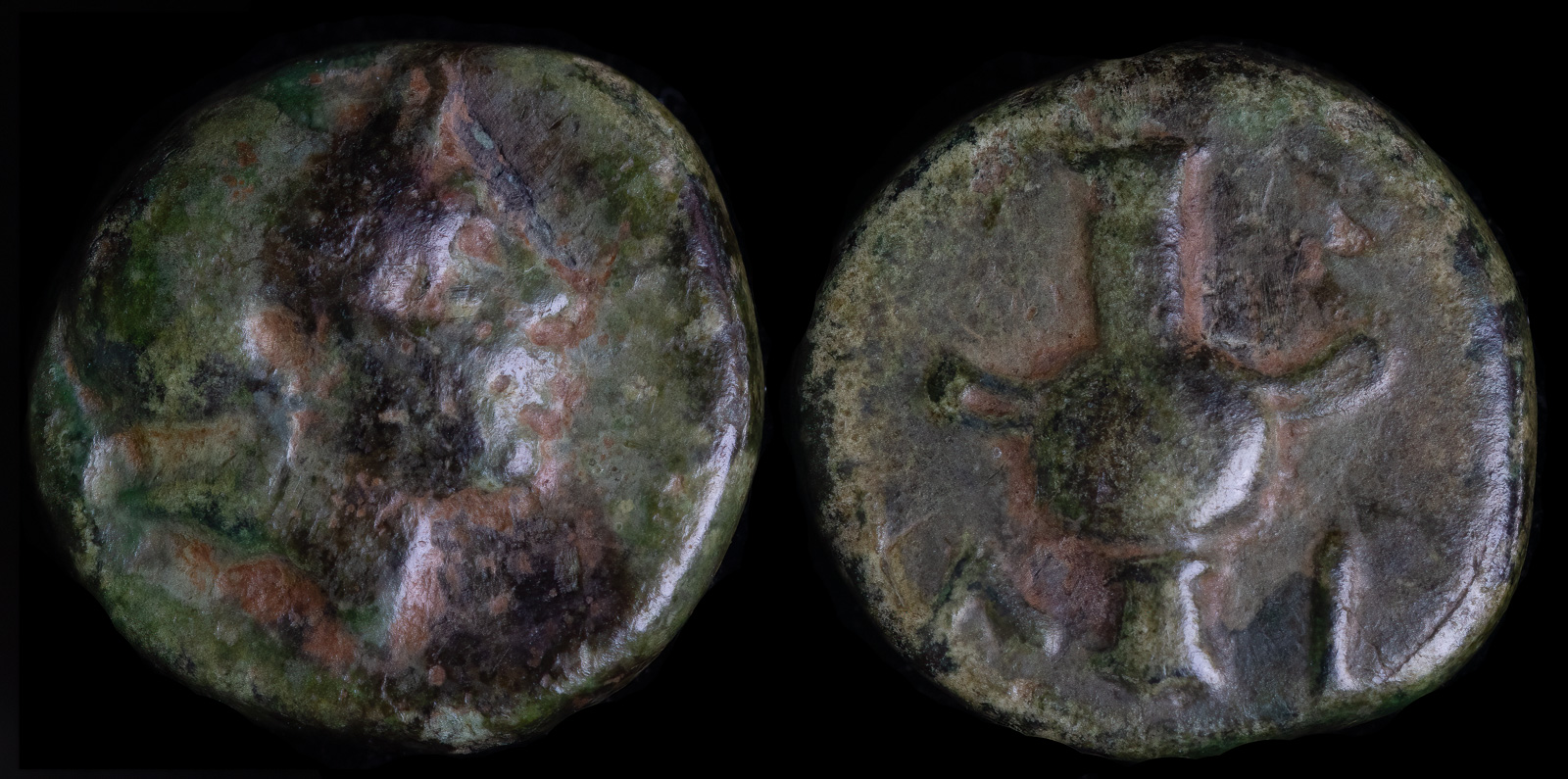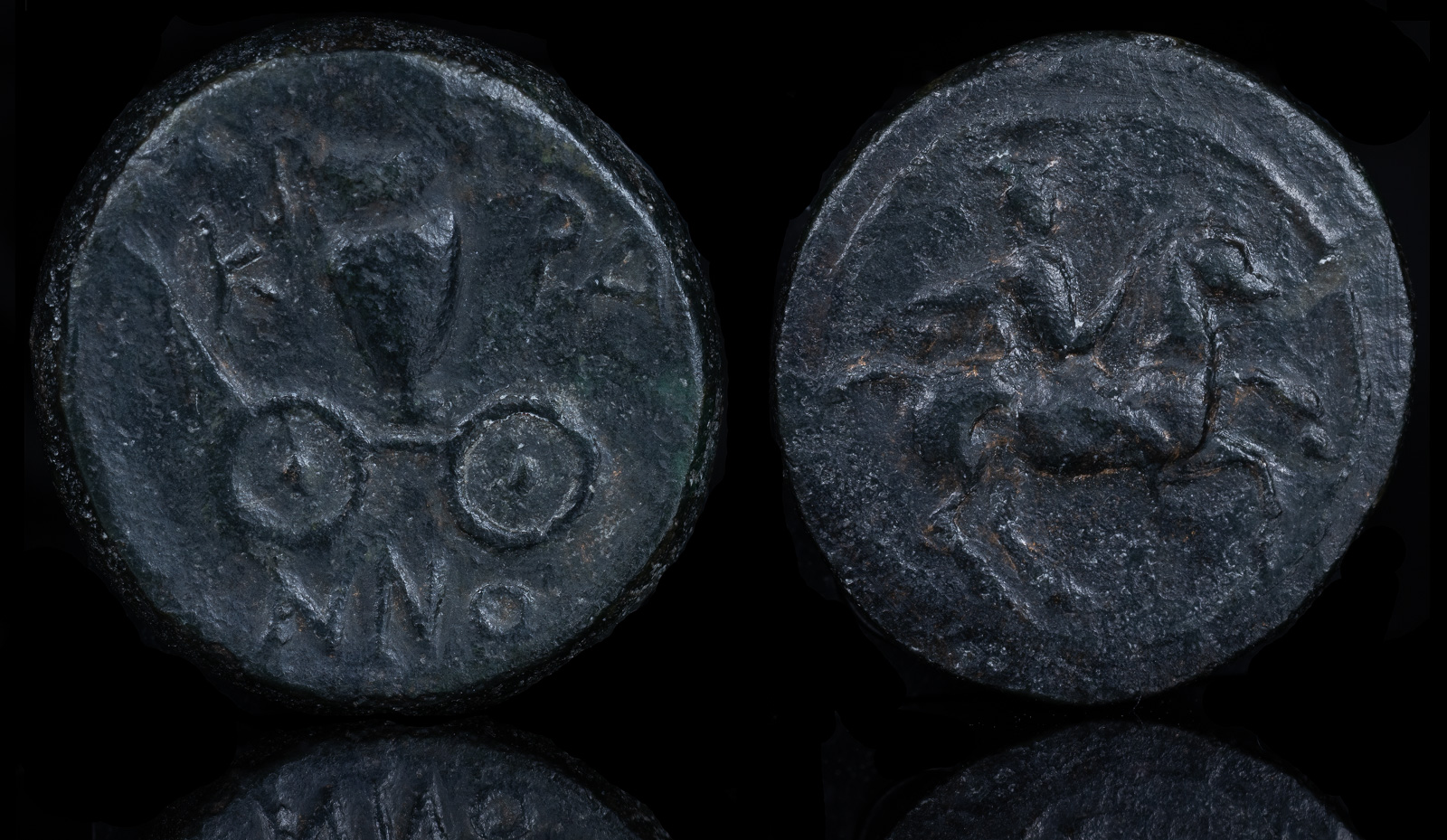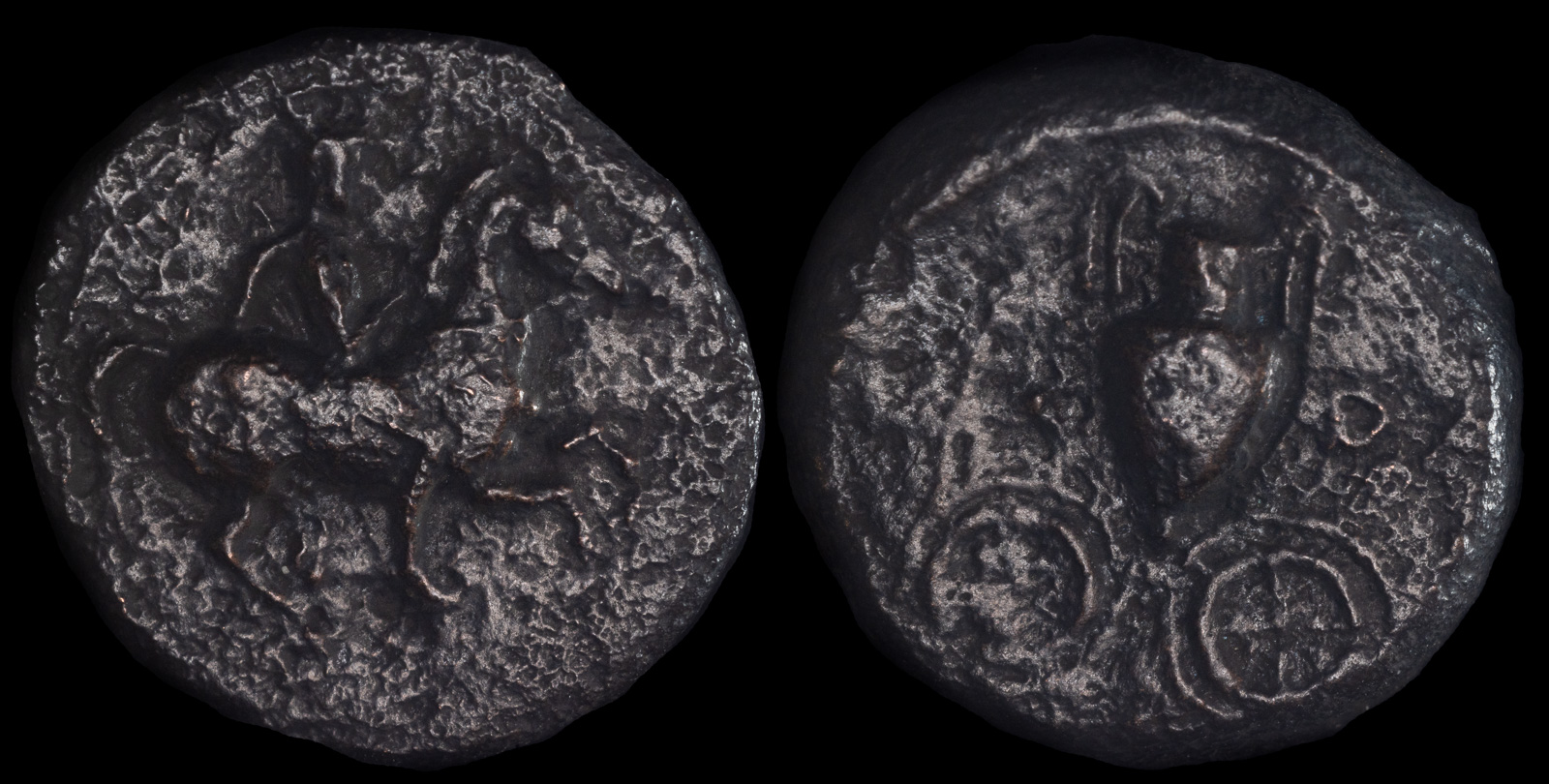Hydria
View All Tags
The hydria was a type of ancient Greek pottery primarily used for carrying and storing water. It featured a distinctive shape with a large body, two side handles for lifting, and a third handle located at the back, which was used for pouring. The hydria’s practical function made it an essential item in daily life, particularly for women in Greek households who were responsible for gathering water from public fountains or wells. Its design made it easy to transport water from one location to another, a crucial task in ancient Greek cities where water sources were often located some distance away from living areas.
In addition to its functional role, the hydria also held symbolic and decorative value in Greek culture. Hydriae were often used in rituals and religious ceremonies, where the act of carrying and pouring water could be part of purification rites or offerings to the gods. For example, in some religious practices, water was poured as part of libations to deities, and the hydria would be an essential vessel for this purpose. Its use in such settings added an element of the sacred to its everyday functionality, reinforcing its connection to both domestic life and spiritual practices.

Troas, Ilion (Troy)
301-281 BCE
AE 9mm 0.81g
Helmeted head of Athena right, wearing crested Attic helmet decorated with a wreath /
IΛ-I; hydria.
Bellinger T3; SNG Cop 346

Thessaly, Krannon
Æ Dichalkon (16.5mm, 3.78g, 6h)
c. 350-300 BCE
Horseman riding r. R/ Hydria on cart
BCD Thessaly 119; SNG Copenhagen 43

Thessaly, Krannon
circa 350-300 BCE
Æ Dichalkon 16mm, 3,53g
Rider on horseback right, wearing petasos and chiton; K to upper left /
K PA/NNO around from upper left, hydria on cart with long handle to left
BCD Thessaly II 119.4